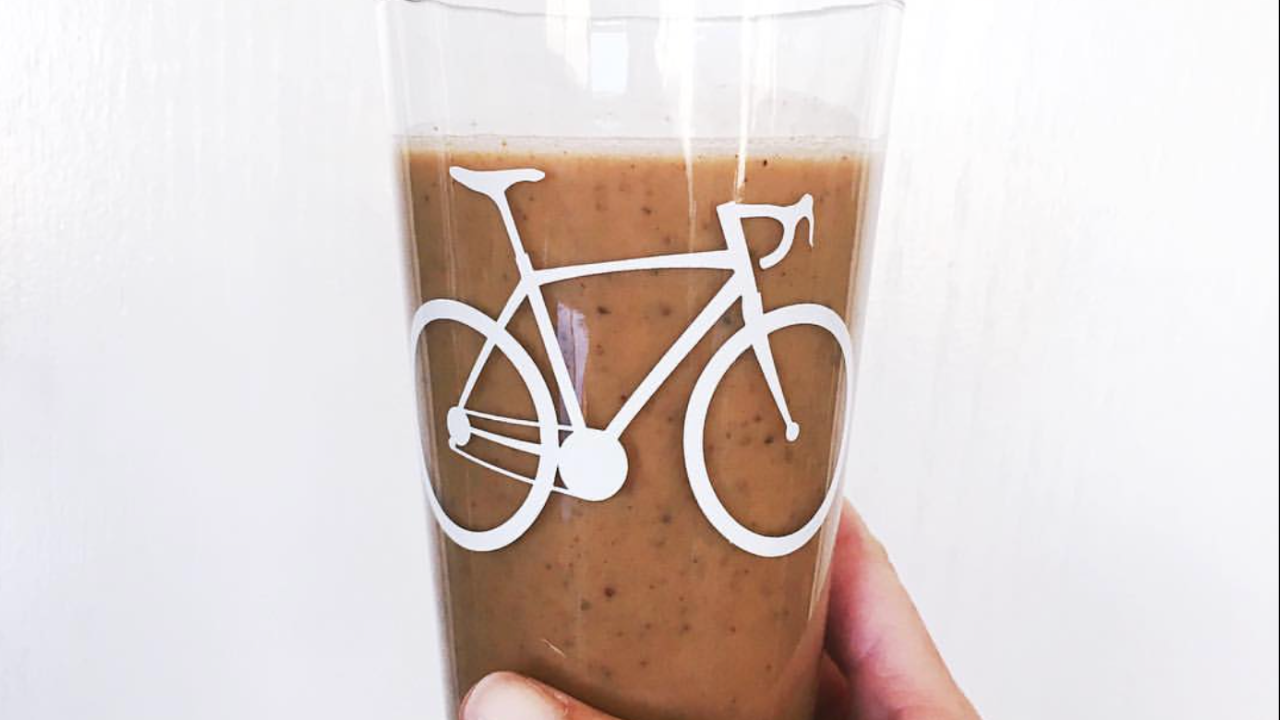Aging and Heart Rate Variability
Nov 21, 2023
As we journey through life, our bodies undergo quite a few changes and understanding these transformations is key to maintaining optimal health. One intriguing aspect gaining attention in the field of aging is Heart Rate Variability (HRV) – a measure of the variation in time between consecutive heartbeats. While HRV has long been associated with cardiovascular health, its significance in the context of aging is becoming increasingly evident.
The Basics of HRV
HRV reflects the adaptability of the cardiovascular system to respond to various stressors. A higher HRV generally indicates a more resilient and adaptable system, capable of efficiently adjusting to the demands of daily life. In contrast, a lower HRV may be indicative of reduced adaptability and increased susceptibility to stress.
HRV and the Aging Heart
As we age, the cardiovascular system undergoes natural changes. Arteries may stiffen, the heart may experience structural alterations and overall cardiac function may decline. These age-related changes can influence HRV, and monitoring HRV becomes a valuable tool in assessing cardiovascular health in the aging population.
Autonomic Nervous System and HRV
HRV is connected to the autonomic nervous system, which regulates involuntary bodily functions such as heart rate, breathing and digestion. The two branches of the autonomic nervous system – the sympathetic and parasympathetic nervous systems – have a dynamic interplay that is reflected in HRV. Aging can impact this balance, potentially leading to reduced HRV.
Stress, Resilience, and HRV
Stress, both physical and psychological, plays a significant role in the aging process. HRV serves as a barometer of the body's ability to handle stress. A higher HRV suggests better resilience and an enhanced capacity to recover from stressors, while a lower HRV may indicate a diminished ability to adapt, potentially contributing to age-related health issues.
Implications for Health and Well-being
Researchers are increasingly exploring the use of HRV as a biomarker for overall health and well-being in aging individuals. Monitoring HRV can provide insights into the effectiveness of stress management strategies, the impact of physical activity on cardiovascular health and the overall resilience of the aging cardiovascular system.
Lifestyle Factors and HRV
While aging brings inevitable changes, lifestyle factors can significantly influence HRV. Regular physical activity, adequate sleep and stress management techniques have been associated with maintaining or improving HRV, showcasing the potential for proactive measures to support cardiovascular health as we age.
HRV stands at the intersection of cardiovascular science and aging research, offering valuable insights into the adaptability and resilience of the aging heart. Embracing a holistic approach that considers lifestyle choices alongside daily HRV monitoring may pave the way for a healthier and more resilient aging process. The simplicity of measuring HRV makes it a very affordable and convenient biomarker that can be used to navigate a more successful aging journey.
SUBSCRIBE AND WE WILL DROP SOME HEALTHY INSPIRATION IN YOUR INBOX
We hate SPAM. We will never sell your information, for any reason.







